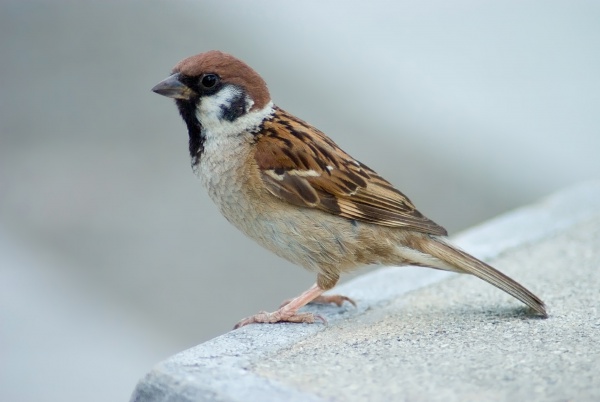Facts About Eurasian tree sparrow
The Eurasian tree sparrow is a small passerine bird distinguished by its rich chestnut crown, black cheek patches, and white cheeks. This charming species breeds across the temperate regions of Eurasia and Southeast Asia and has even been introduced to the United States. Their nests are typically found in natural cavities or man-made structures, and their diet mainly consists of seeds and invertebrates. While these birds are quite common in eastern Asia, their numbers are declining in western Europe, largely due to changes in farming practices.
In terms of appearance, the Eurasian tree sparrow is smaller than the more familiar house sparrow, but it boasts distinctive chestnut and black markings. Their vocalizations include various chirps and calls, but they do not have a true song. Taxonomically, they belong to the genus Passer, and there are several subspecies that show slight variations in appearance.
Their natural breeding range extends from Europe to Asia, with some populations migrating seasonally. Outside their native range, they have been introduced to various regions with mixed success. In Europe, they are predominantly found in rural areas, while in eastern Asia, they thrive in urban settings.
These birds are cavity nesters and can raise multiple broods each year. Their diet is a mix of seeds, grains, and invertebrates. They do face threats from predators and parasites, which can impact their survival rates. Despite some regional declines, their conservation status is currently listed as Least Concern.
The Eurasian tree sparrow holds historical significance in various cultures and has been depicted in art and folklore. In some places, they are considered pests due to their habit of damaging crops. A notable historical event in China involved an attempt to control their population, which led to unintended consequences and a severe famine. In the Philippines, these birds are a common sight in urban areas and have been featured in various artworks.

 Malaysia
Malaysia